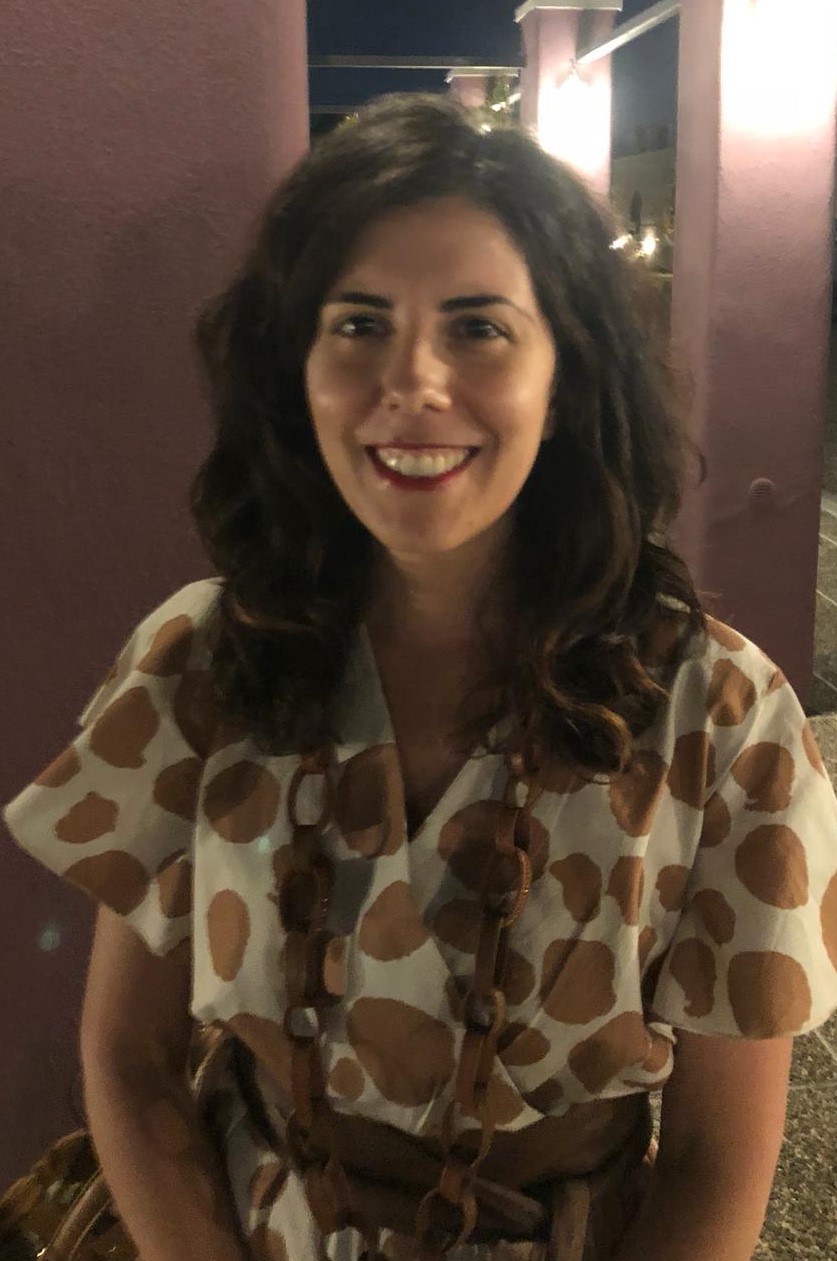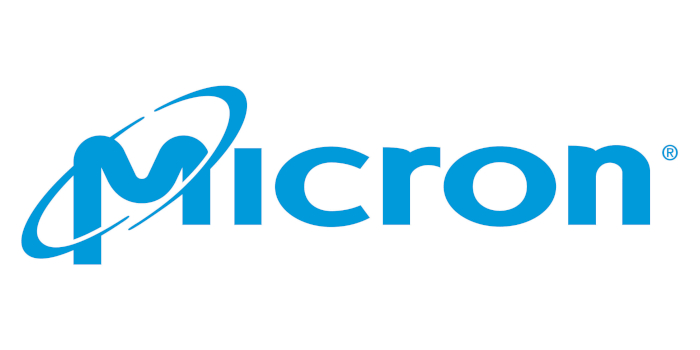Brain-Computer Interfaces: what features to make them effective?
ORGANIZED BY

Emma Colamarino
Department of Control, Computer and Management Engineering
Sapienza University of Rome, Italy
Neuroelectric Imaging and Brain-Computer Interface Lab
Fondazione Santa Lucia IRCCS, Italy
ABSTRACT
In the last years several approaches have been proposed and tested in the Brain-Computer Interface (BCI) research and development. What does make them effective? Which is the key to bridge the gap between research-oriented methodology in BCI design and the usability of BCIs in daily-life activities?
This Special Session will host contributions on the latest technical and methodological advances in BCI research and on multidisciplinary approaches (e.g. neuroscience, bioengineering, psychology, neurology, physiotherapy, product develop) in the BCI design.
The main aim will be to discuss and identify which features can make the BCI technology more reliable and usable for healthy and pathological individuals.
TOPICS
The list of topic includes (but it is not limited to) the following:
- Technical and methodological advances in BCI research
- Artificial Intelligence algorithms for BCI
- Hybrid Brain-Computer Interfaces
- Feedback paradigms
- User training and learning
- Multidisciplinary approaches in the BCI design and development
- BCI performance metrics
- BCI applications in medicine (e.g. stroke, spinal cord injury, amyotrophic lateral sclerosis)
- Biomarkers and predictors in BCI
ABOUT THE ORGANIZER
Emma Colamarino is research fellow at the Department of Computer, Control and Management Engineering “Antonio Ruberti” of Sapienza University of Rome, Italy. She received the M.Sc. degree (cum laude) in Biomedical Engineering in 2014 and the PhD degree in Bioengineering in 2019. Since 2015, she is research collaborator at the laboratory of Neuroelectrical Imaging and Brain-Computer Interfaces of the Santa Lucia Foundation in Rome, Italy. Her main research interests concern neurorehabilitation, brain-computer interfaces and electroencephalographic and electromyographic signal processing.


















